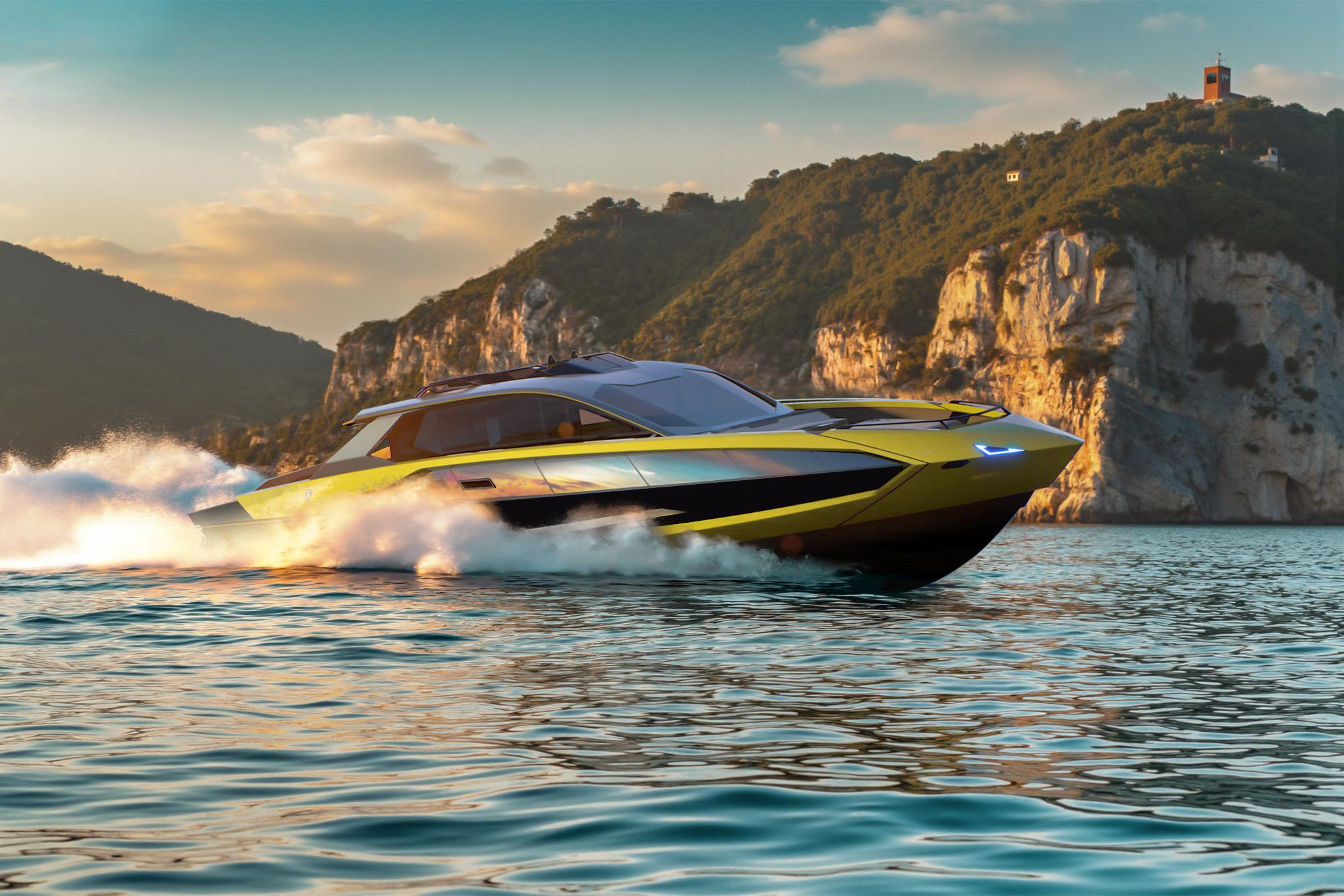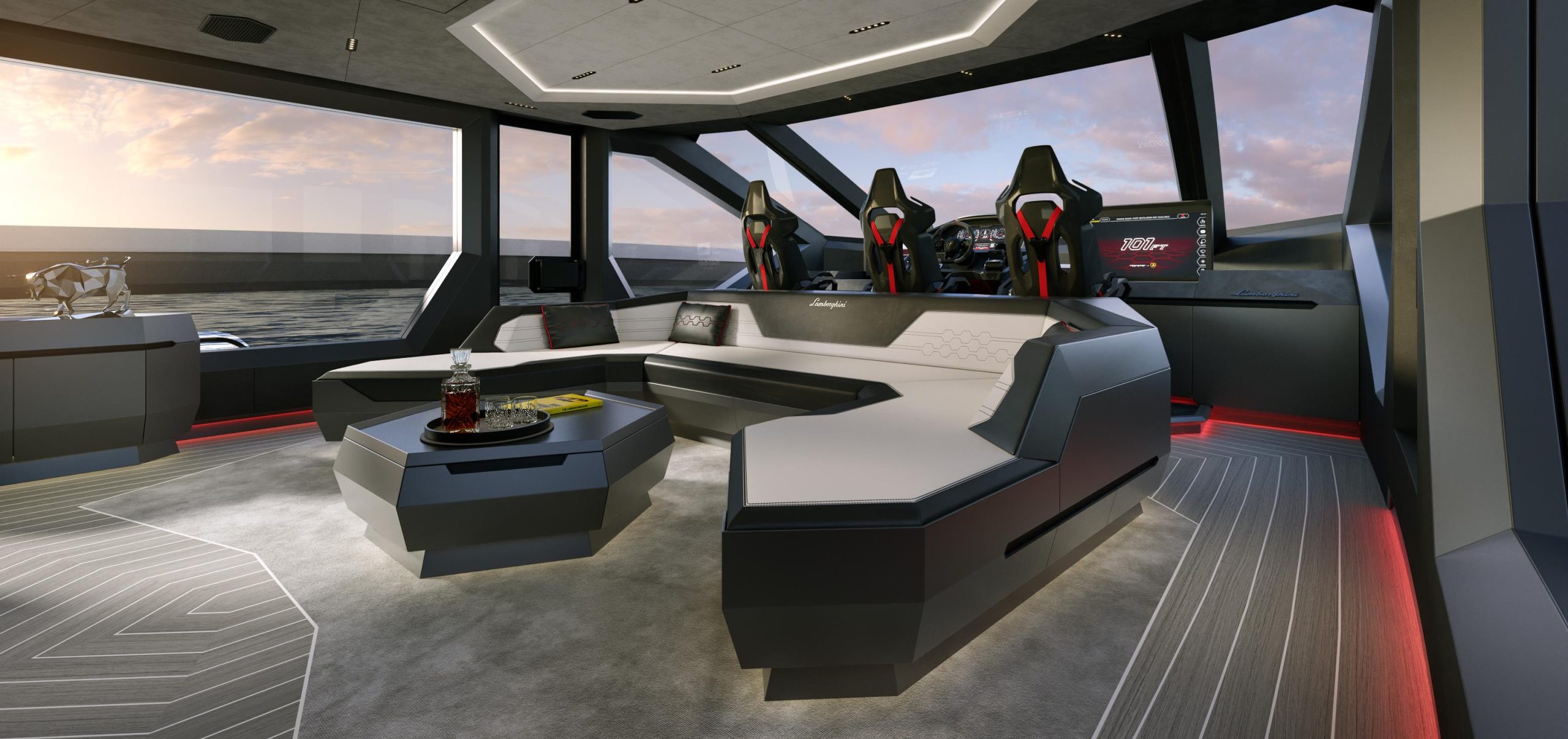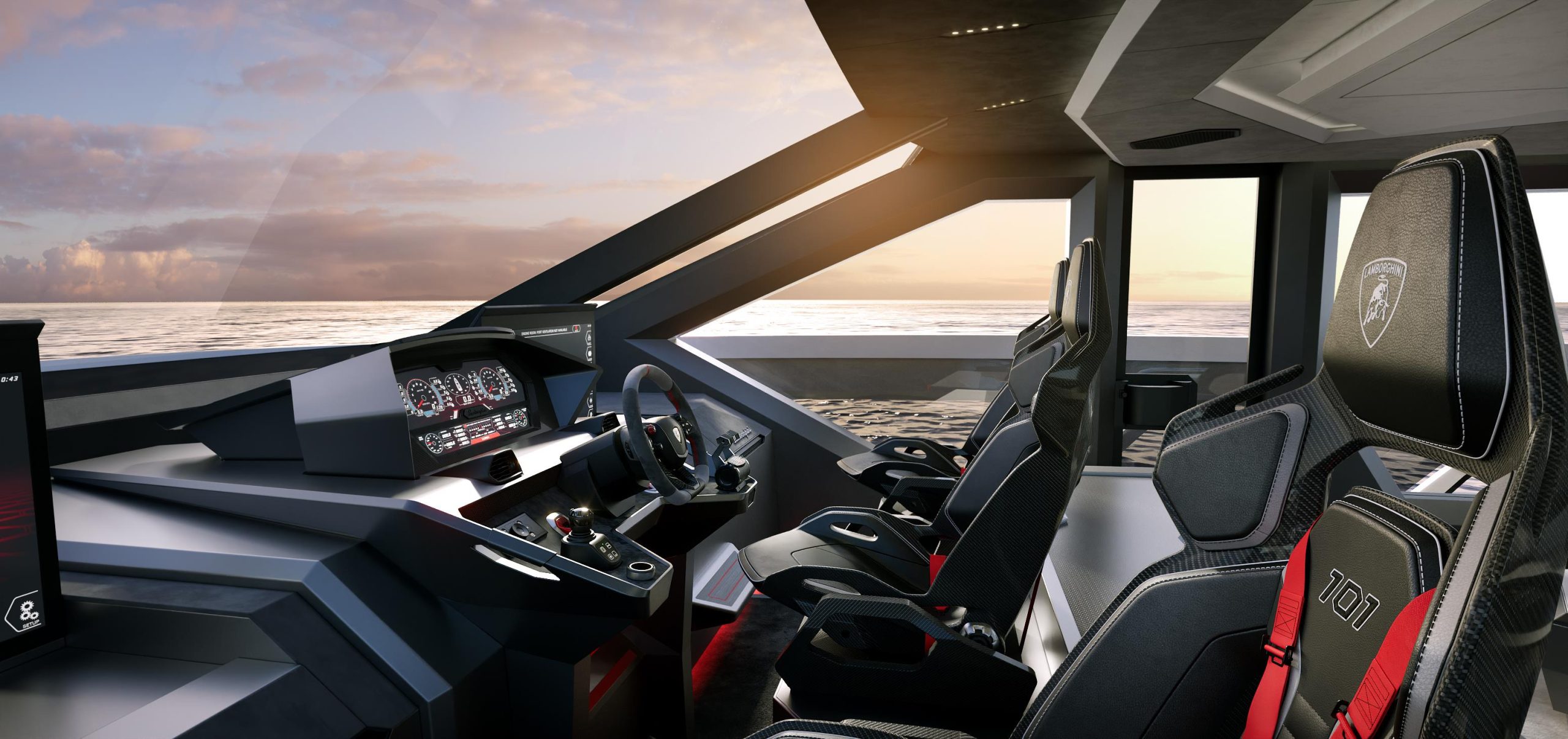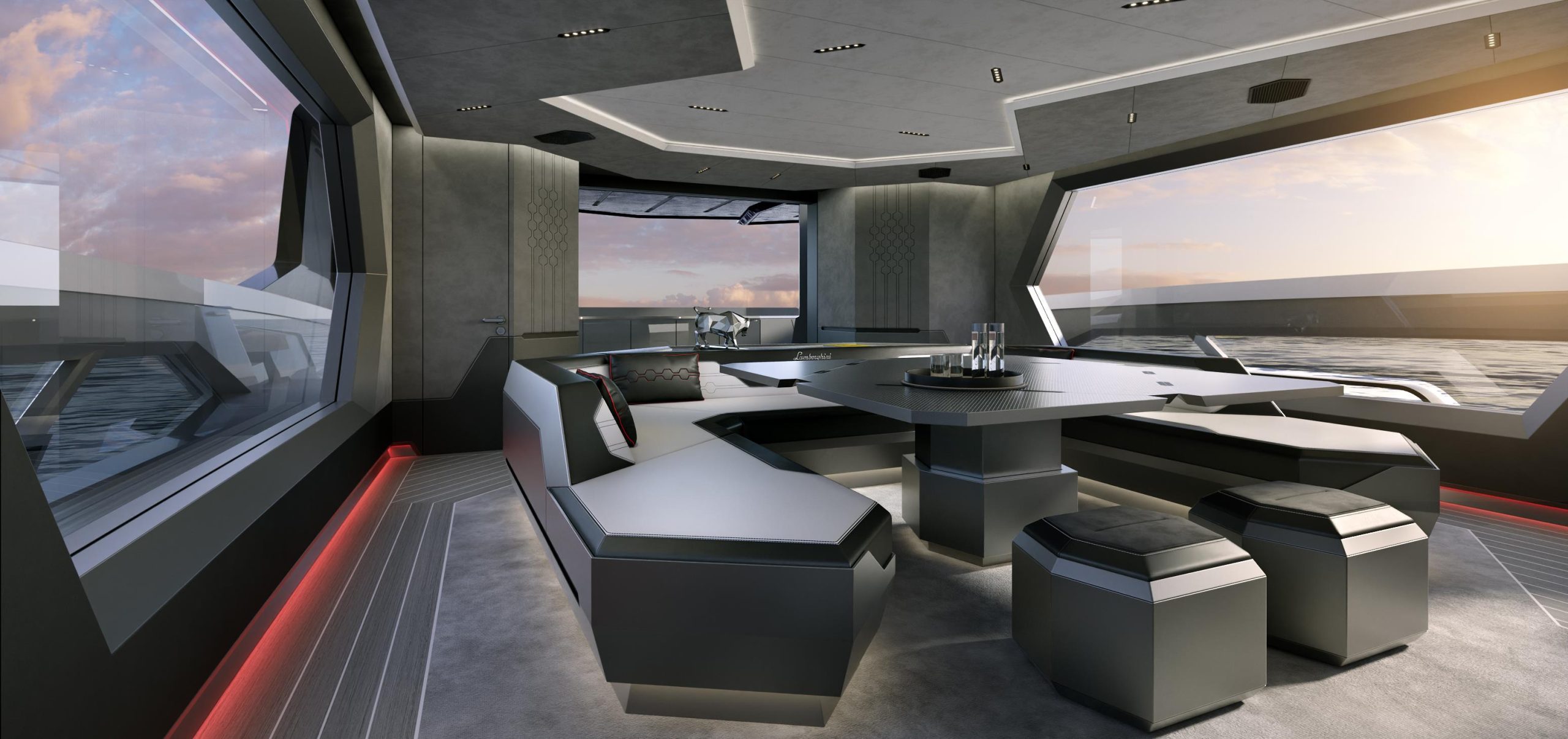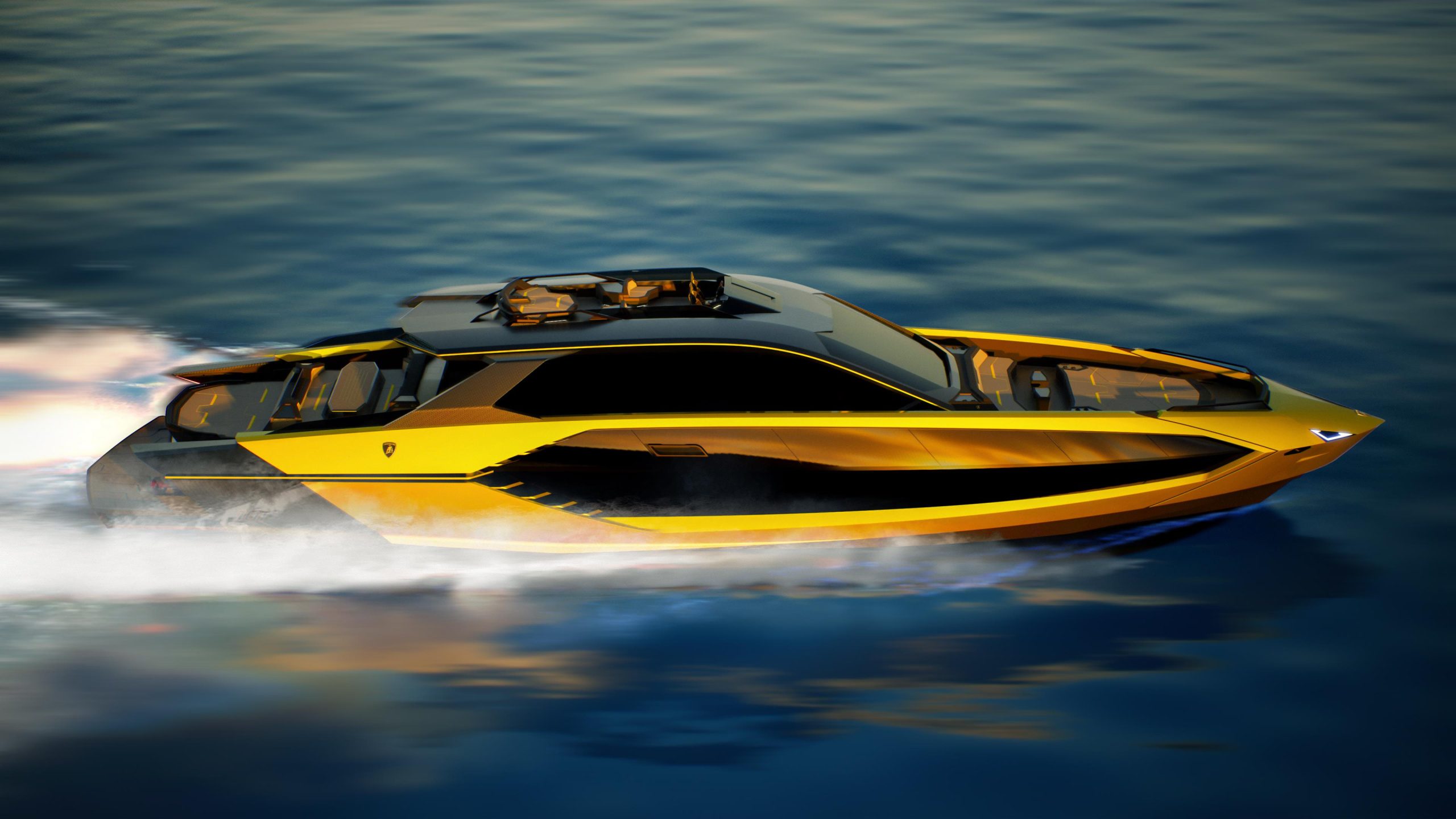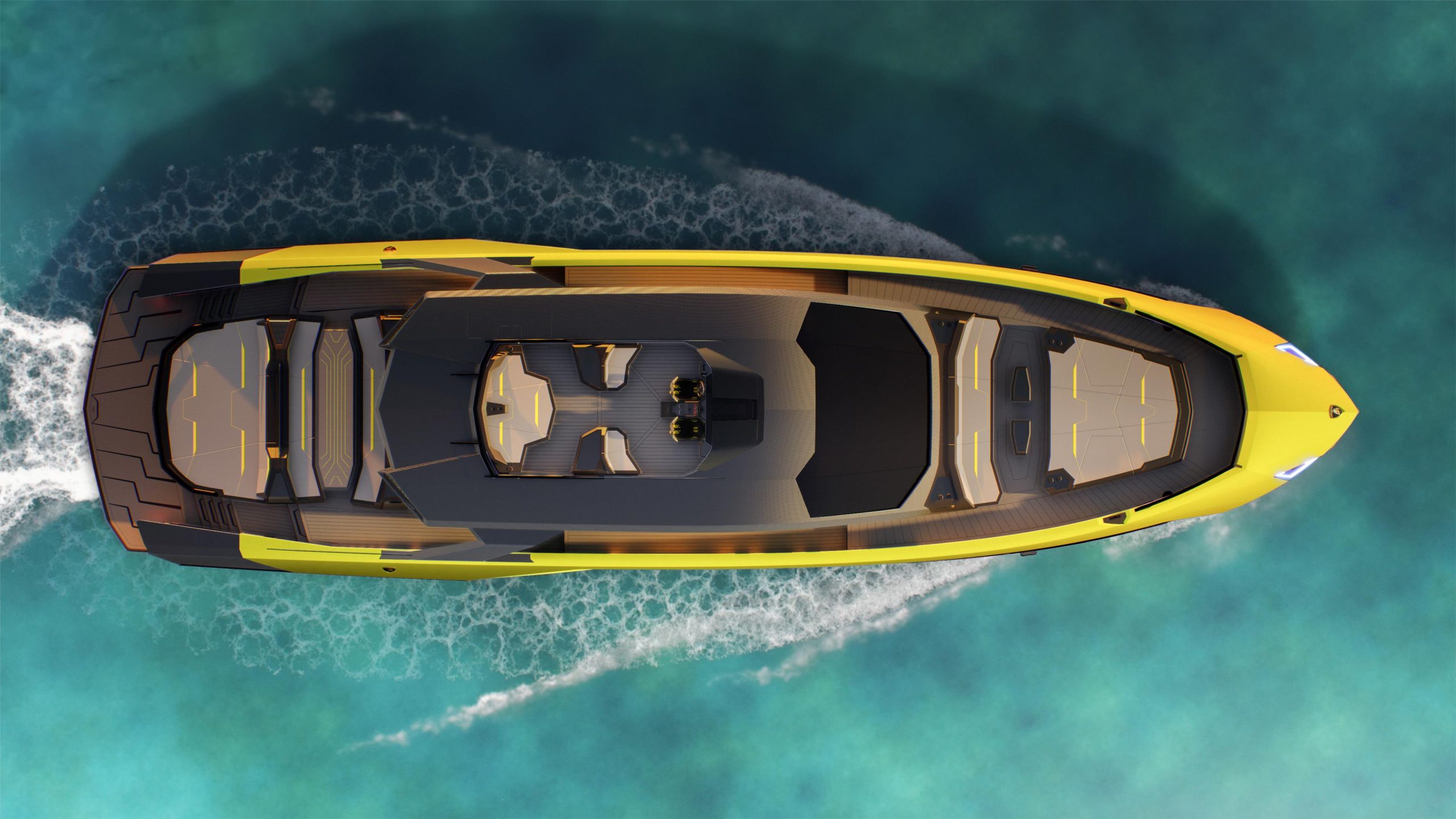Maserati’s GT Drops Its Top
The 2024 Maserati GranCabrio, the company’s new convertible and a complement to the GranTurismo coupe introduced in 2022, is available with either V6 power (the Trofeo model) or batteries (the Folgore).
That means the buyer has a big choice to make. The cars look quite a bit alike, but they’re radically different under the hood. They’re not far apart in price, though: The Trofeo is US$192,000 and the Folgore around US$205,000 (plus US$2,000 in destination charges for each).
The electric is unique in the marketplace as a four-place electric convertible supercar. Maserati also says it’s the fastest 100% electric convertible, but there isn’t much competition. Performance is fully competitive with the existing Folgore GT coupe. The convertible can hit 62 miles per hour in 2.8 seconds, with 277 miles of range (in the lenient European WLTP rating). The top speed is 180 mph.
The GranCabrio has no less than three 300-kilowatt electric motors (one in the front, two in the rear), which work with inverters derived from the Formula E electric racing series to give the car a total of 750 horsepower at the wheels. The battery, at the bottom of the car, is rated at 92.5 kilowatt-hours.
Maserati did its convertible upright. The top is beautifully finished and easy to put down, in 14 seconds, at speeds of up to 31 mph (though the on-screen control is a little confusing to use). A neck warmer allows the car to be used even in fairly inclement weather, and there’s a wind stopper that can go behind the front seats. Having to fit a top in the trunk area doesn’t seriously compromise rear-seat legroom, which is generous for this class of car. The trunk isn’t huge, but if the top is up a flap can be moved to increase luggage space.
Buyers of the Folgore can choose an interior special to the car, with soft-touch seat sections made from Econyl, a recycled nylon product made from (among other sources) used fishing nets, as well as remnants via fabric and carpet manufacturers. Reprogrammable laser edging means that customers can choose custom patterns for their seats.
Buyers of the internal-combustion model get a Trofeo powered by a three-liter, 542-horsepower twin-turbo V6 Nettuno motor derived from the high-performance powerplant on the MC20 supercar. The gas version of the convertible is a bit slower to accelerate than the EV, with zero to 62 taking 3.6 seconds. The top speed is higher, though, 196 mph. Seeing the four purposeful exhaust exits on the Trofeo, you might expect a mighty roar, but in fact both GranCabrios are pretty quiet. They’re proper Maseratis that don’t disturb the neighbors.
Both Trofeo and Folgore use 20-inch wheels up front and 21-inch in back, with multiple designs.
Roberto Cusano, responsible for GT and GranTurismo product planning, says the car offers a unique combination of performance and comfort, while also being “a real and authentic four-seater car that can carry friends and family.”
But it’s also good for thrills, according to Maserati chief designer Klaus Busse. “This is only the second generation of the GT,” Busse says. “And if you want to drive from Italy to Hamburg, you’d pick a stylish and comfortable car that could also work in a side trip to the [German racing track] Nürburgring for a hot lap without looking silly. That’s the Maserati GranTurismo.”
The second generation of the GT has obvious antecedents to the first, something Busse says was intentional. The company still uses old-world methods in shaping body panels and fenders that have some legacy with Maserati road cars such as the 3500 GT, first shown in Geneva circa 1957, he says.
“We wanted to make sure the convertible looked good open or closed, so the silhouette of the convertible with the top up is very similar to the coupe,” Busse says. There are minor differences in the appearance of the two versions of GranCabrio, and slightly different wheels. The EV obviously loses the intercooler and exhaust pipes.
A Multimillion-Dollar Electric Boat
Maserati appears all-in on using electric power for its vehicles, on land or at sea.
The introduction of the GranTurismo on the shores of Lago Maggiore also gave Maserati a chance to show off its €2.5 million (US$2.67 million) Tridente electric boat. The unique example floating at the dock had pearlescent (and copper) finish that changed color depending on the light hitting it.
Built at the Hodgdon Yachts shipyard in Maine from a design jointly developed by Maserati and Britain-based electric boat company Vita Power, the Tridente, with 600 horsepower from twin electric motors, cruises at 25 knots and has a top speed of 40 knots. To keep weight down, the Tridente has a carbon-fiber superstructure and a fiberglass hull. The single-layer battery pack is rated at 250 kilowatt-hours, and delivers a cruising range of 31 to 43 miles.
The highly aerodynamic 34-foot day boat (or superyacht tender) can recharge in as little as an hour. It has eight-passenger seating, and an enclosed cabin under the front deck that includes a bed and toilet. Only this one has been built to date, but given nine months another one could be commissioned, says James Essex, an electric systems engineer with Vita Power.
 Copyright 2020, Dow Jones & Company, Inc. All Rights Reserved Worldwide. LEARN MORE
Copyright 2020, Dow Jones & Company, Inc. All Rights Reserved Worldwide. LEARN MORE
A divide has opened in the tech job market between those with artificial-intelligence skills and everyone else.
A 30-metre masterpiece unveiled in Monaco brings Lamborghini’s supercar drama to the high seas, powered by 7,600 horsepower and unmistakable Italian design.
A 30-metre masterpiece unveiled in Monaco brings Lamborghini’s supercar drama to the high seas, powered by 7,600 horsepower and unmistakable Italian design.
When Lamborghini takes to the water, subtlety isn’t on the agenda. Unveiled at the Monaco Yacht Show, the Tecnomar for Lamborghini 101FT is a 30-metre superyacht that fuses Italian automotive theatre with cutting-edge naval engineering.
The model builds on the collaboration that began in 2020 with the Tecnomar for Lamborghini 63, a sell-out success that celebrated the marque’s founding year.
This new flagship pushes the partnership between Automobili Lamborghini and The Italian Sea Group to a grander scale, designed to deliver the same adrenaline rush at sea that drivers expect behind the wheel.
“The Tecnomar for Lamborghini 101FT redefines the concept of nautical luxury,” said Stephan Winkelmann, Chairman and CEO of Automobili Lamborghini.
“It is not only a yacht, but an affirmation of Italian excellence. The Italian Sea Group and Automobili Lamborghini share an exclusive clientele who are passionate about beauty, technology, and extreme performance.”
Design cues are unmistakably Lamborghini. The yacht’s sharp exterior lines echo the Fenomeno supercar revealed at Monterey Car Week, complete with Giallo Crius launch livery and signature Y-shaped lighting.
Inside, the cockpit and lounges mirror the DNA of Sant’Agata supercars through hexagonal motifs, sculptural seating and dramatic contrasts. With accommodation for up to nine guests and three crew cabins, indulgence meets practicality on every deck.
Performance is equally uncompromising. Three MTU 16V 2000 M96L engines and triple surface propellers generate a combined 7,600 horsepower, driving the yacht to 45 knots at full throttle, with a cruising speed of 35 knots. Two 35 kW generators provide additional efficiency and reliability, ensuring the yacht’s power matches its presence.
Mitja Borkert, Lamborghini’s Design Director, said: “With the Tecnomar for Lamborghini 101FT, we aimed to create a product that embodies the main design characteristics of our super sports cars. All the details, from the exterior to the colour, to the interior areas, recall and are inspired by Lamborghini’s DNA.”
Presented in scale at Monaco, the definitive Tecnomar for Lamborghini 101FT is scheduled to hit the water at the end of 2027. For those who demand their indulgence measured not only in metres but in knots, this is Lamborghini’s most extravagant expression yet.
A bold new era for Australian luxury: MAISON de SABRÉ launches The Palais, a flagship handbag eight years in the making.
Now complete, Ophora at Tallawong offers luxury finishes, 10-year defect insurance and standout value from $475,000.


















